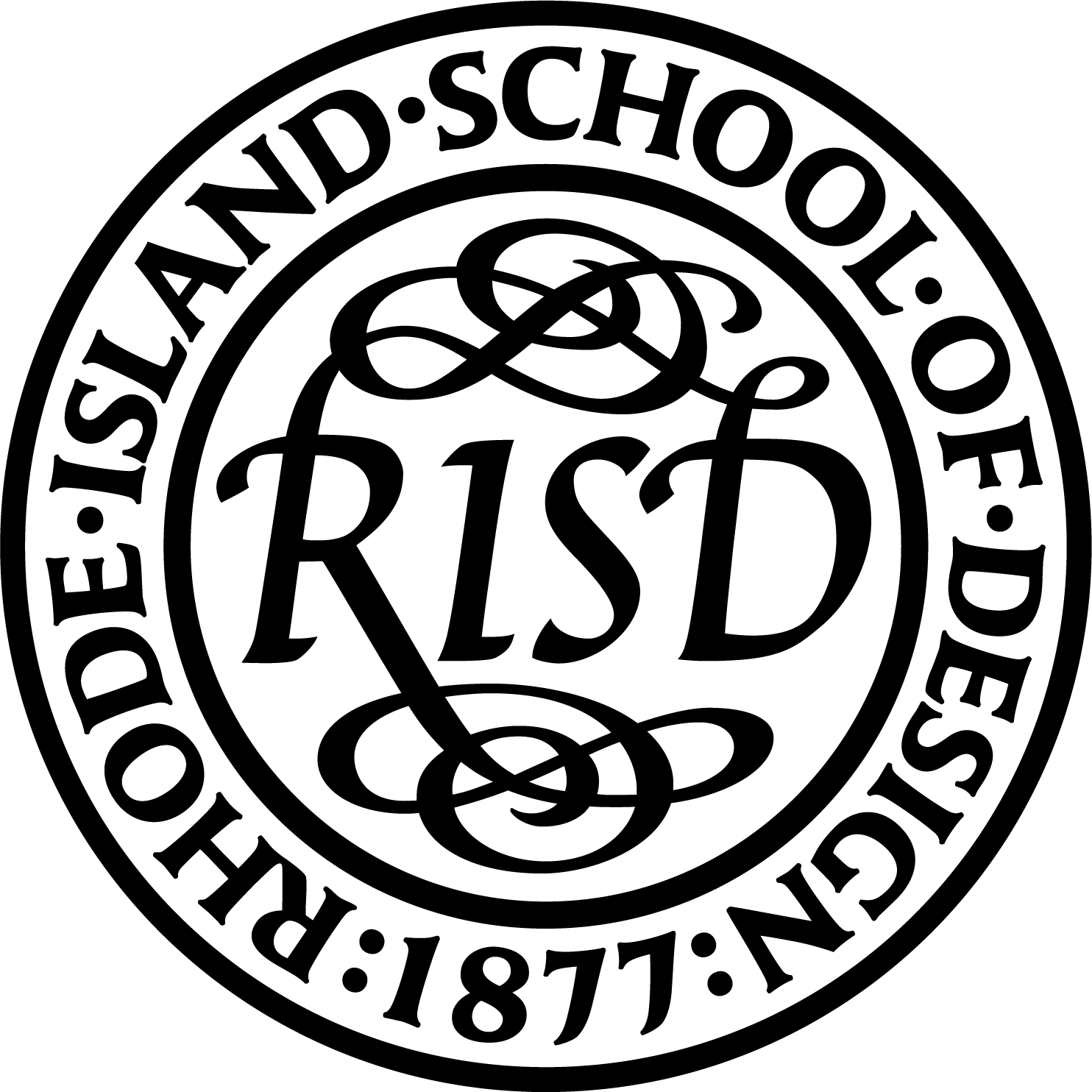The Cabbage Experiment





︎ Creators: Anna Glass, Dominic Rishe
︎ Supervisors: Peter Yeadon, Brynn Trusewicz, Joy Ko
︎ Supervisors: Peter Yeadon, Brynn Trusewicz, Joy Ko
This study involved a series of experiments with cabbage, to create reactive dyes and incorporate them into the bulk matrices of various bioplastics. Different ingredients were used to create the bioplastics, resulting in variations in strength, pattern, and appearance. When the cabbage dye was added to the matrix, it became an indicator that could change color in response to changes in pH.
The cabbage dye proved to be an effective indicator as it changed color when different pH levels were introduced to the bioplastics. In fact, color changes were observed both during and after the bioplastics were fabricated. This allowed the researchers to observe the effects of acidity or alkalinity on the bioplastics. The cabbage dye could be useful in demonstrating the effects of various environmental factors on bioplastics, and could help inform the design of such materials.
The cabbage dye proved to be an effective indicator as it changed color when different pH levels were introduced to the bioplastics. In fact, color changes were observed both during and after the bioplastics were fabricated. This allowed the researchers to observe the effects of acidity or alkalinity on the bioplastics. The cabbage dye could be useful in demonstrating the effects of various environmental factors on bioplastics, and could help inform the design of such materials.
This research has laid the groundwork for further exploration of the use of natural dyes in bio-based smart materials, and the potential of such materials in a variety of applications.
